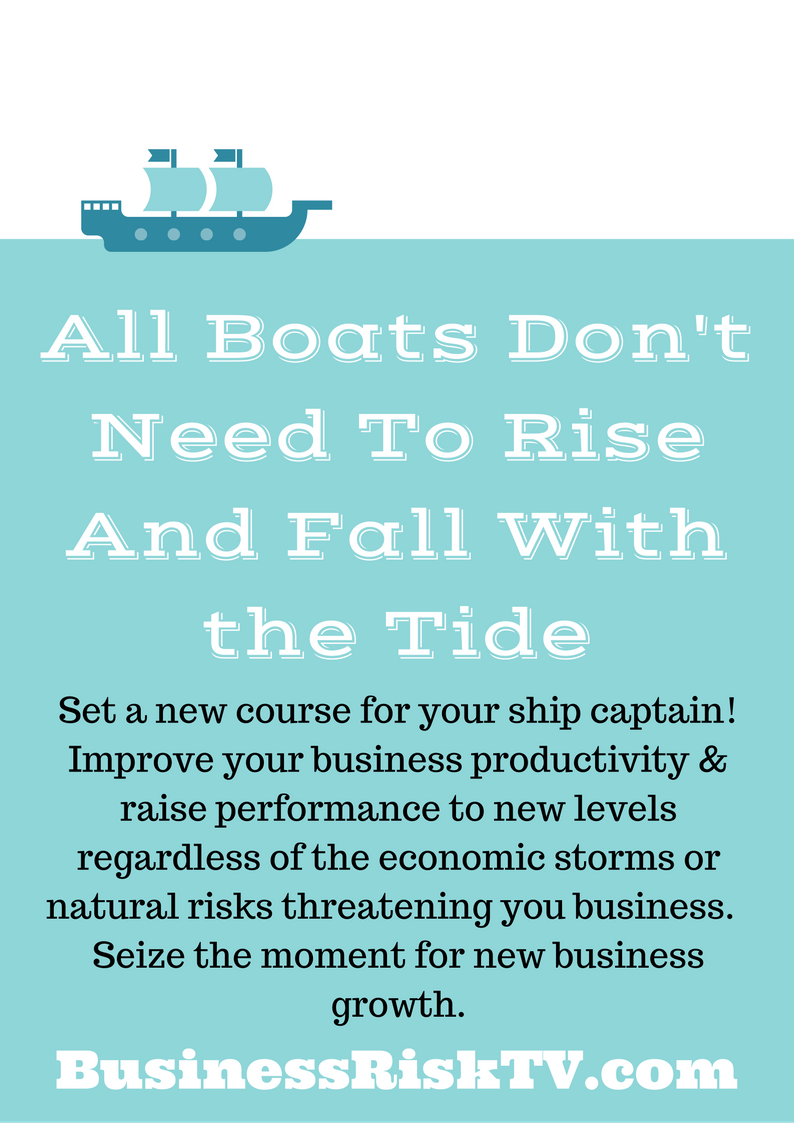UK business risk management strategies for high inflation environment
The UK economy is facing a confluence of challenges that demand careful navigation by business leaders. The recent allotment of the second-highest amount on record at the Bank of England’s short-term repo (January 2, 2025), serves as a stark reminder of the potential headwinds. This surge in borrowing by banks from the central bank signals potential liquidity concerns, a possible economic slowdown, and the ever-present risk of inflationary pressures.
Navigating the Storm: A Guide for UK Business Leaders
In this turbulent economic climate, proactive risk management is no longer an option, but a necessity. Businesses must adapt to a dynamic landscape characterised by persistent inflation, the lingering effects of Brexit, the ongoing energy crisis, and the ever-present shadow of geopolitical instability. These interconnected challenges demand a multi-faceted approach to risk mitigation.
Key Actions for Business Leaders:
- Embrace Dynamic Pricing: Adapt pricing strategies to reflect market fluctuations and input costs.
- Diversify Supply Chains: Reduce reliance on single suppliers and explore alternative sourcing options.
- Negotiate with Suppliers: Leverage bargaining power to secure favourable terms.
- Explore New Markets: Diversify customer base by expanding into new markets.
- Invest in Skills and Training: Address the skills gap to ensure workforce adaptability.
- Improve Energy Efficiency: Implement energy-saving measures to reduce costs.
- Explore Renewable Energy Options: Consider investing in renewable energy sources.
- Hedge Against Price Volatility: Explore options to mitigate the impact of energy price fluctuations.
- Build Resilient Supply Chains: Diversify supply chains to minimize reliance on any single region or supplier.
- Monitor Geopolitical Developments: Stay informed about global events and their potential impact.
- Cultivate a Strong Brand: Invest in building a strong brand reputation to weather economic storms.
- Embrace Digital Transformation: Leverage digital technologies to improve efficiency and customer experience.
- Invest in Innovation: Allocate resources for research and development to explore new opportunities.
- Develop a Data-Driven Culture: Leverage data analytics to gain insights into market trends and operational performance.
- Strengthen Cybersecurity Measures: Implement robust cybersecurity measures to protect against cyber threats.
- Conduct Regular Security Audits: Regularly assess and address vulnerabilities in IT systems.
- Develop a Data Breach Response Plan: Prepare for and mitigate the impact of potential data breaches.
- Stay Informed About Regulatory Changes: Ensure compliance with evolving laws and regulations.
- Build Strong Relationships with Regulators: Foster open communication with regulators to address concerns.
- Attract and Retain Talent: Implement strategies to attract and retain top talent.
- Develop Products and Services for an Aging Population: Adapt offerings to cater to the needs of an aging demographic.
- Embrace Diversity and Inclusion: Create a diverse and inclusive workplace that values all employees.
- Adopt Sustainable Practices: Implement sustainable practices to minimize environmental impact.
- Engage with Stakeholders: Engage with stakeholders to address their concerns and build trust.
- Embrace Corporate Social Responsibility: Develop a CSR strategy that aligns with business values and contributes to a better society.
Conclusion
The UK economy faces a complex and interconnected set of challenges. However, by proactively identifying and mitigating these risks, businesses can navigate these turbulent waters and emerge stronger. This requires a shift in mindset—a move from reactive to proactive, agile, and resilient approaches. By embracing these principles, businesses can not only survive but thrive, transforming challenges into opportunities and building a more sustainable and prosperous future for the UK economy.
Are UK Business Leaders Mad Political or Missing Key Economic Data?
Recent optimism in the UK business community has raised eyebrows across the Atlantic, where economic headwinds are causing significant concern. The Lloyds Bank Business Barometer jumped by eight points to 50% in May, its highest since November 2015. This stark contrast begs the question: are UK business leaders simply more optimistic, or are they missing crucial economic data that is readily apparent in the US?
Reasons for UK Business Optimism:
- Stronger-than-expected May data: The Lloyds Bank Business Barometer suggests a significant uptick in business confidence, with optimism in manufacturing, construction, and services sectors.
- Government support: The UK government has implemented various measures to support businesses during the pandemic and the ongoing cost-of-living crisis. These include tax breaks, grants, and energy price caps.
However, concerns remain:
- High debt levels: Both the UK and the US have accumulated significant national debt in recent years. This debt burden could limit the government’s ability to respond to future economic shocks.
- Stagflation risk: The combination of rising inflation and slowing economic growth (stagflation) is a major concern for both economies. This could lead to further business uncertainty and investment delays.
- Rising unemployment: Both the UK and the US are experiencing rising unemployment, which could dampen consumer spending and reduce further impact business growth.
Missing the US Picture?
While the UK business community seems to be experiencing a surge in optimism, the economic situation in the US paints a different picture. This suggests that UK business leaders may be overlooking some of the broader economic trends impacting both economies.
Conclusion:
The recent optimism of UK business leaders is a welcome sign, but it’s crucial to consider the broader economic context and potential risks. While the UK may be experiencing a temporary upswing, the challenges of high debt, stagflation, and rising unemployment remain significant. It’s important for both UK and US businesses to stay informed about the global economic situation and adjust their strategies accordingly.
Let’s discuss this further. What are your thoughts on the current economic situation in UK and the contrasting business sentiment between the UK and the US?
Get help to protect and grow your business faster with BusinessRiskTV
Subscribe for free business risk alerts and risk reviews
Read more business risk management articles













